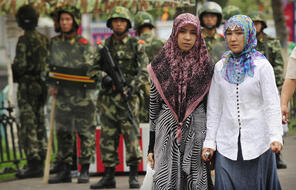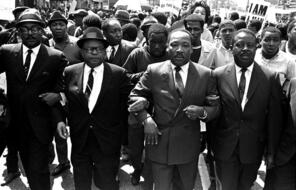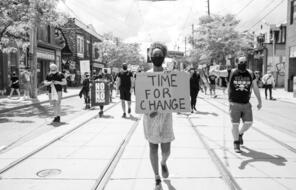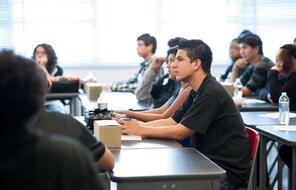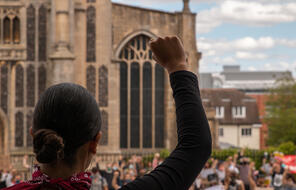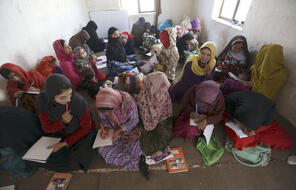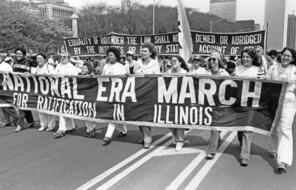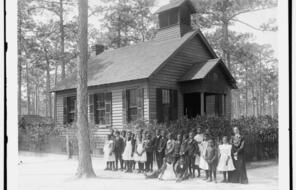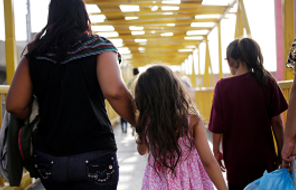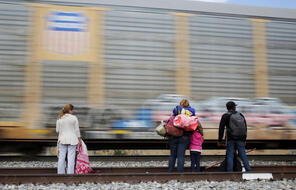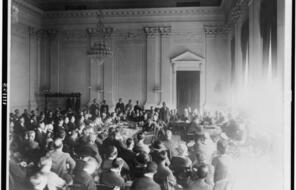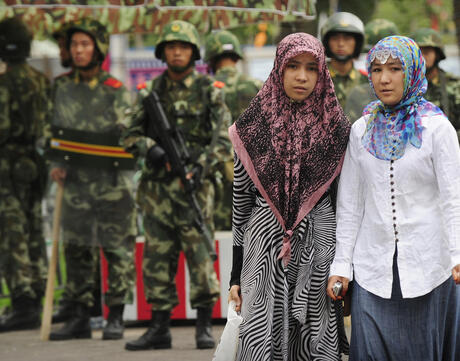
The Targeting of Uighur Muslims in China
At a Glance
Language
English — USSubject
- History
- Social Studies
Grade
6–12- Human & Civil Rights
Overview
About This Mini-Lesson
The United States, Canada, and several other governments have accused the Chinese government of committing crimes against humanity and genocide against the Uighur people, after evidence emerged that the Chinese government has forcibly sterilized Uighur women, separated children from families, and forbidden certain Uighur cultural practices. Uighurs (also spelled Uyghurs) are an ethnic group who are predominantly Muslim, speak a Turkic language, and live mainly in what is now the Xinjiang province in northwestern China. Since 2016, the Chinese government has targeted Uighur people with a vast surveillance system, heavy policing, mass detentions, and forced labor systems. Researchers estimate that more than 1 million Uighurs have been detained in a series of prison camps throughout the region.
The European Union, United States, United Kingdom, and Canada imposed sanctions on Chinese government officials accused of committing human rights abuses in Xinjiang, and some countries, including the United States, Australia, United Kingdom, Canada, Japan, and Denmark, have decided to diplomatically boycott the 2022 Beijing Olympics. The United States also recently passed bi-partisan legislation that will require all companies operating in Xinjiang to prove that they do not use forced labor if they wish to import products into the United States.
This mini-lesson provides information and context to help students understand how the Chinese government is violating Uighur people’s human rights, hear the voice and experiences of a young Uighur woman, and consider how the international community has responded.
Activities
Activities
Extension Activities
Materials and Downloads
Resources from Other Organizations
Unlimited Access to Learning. More Added Every Month.
Facing History & Ourselves is designed for educators who want to help students explore identity, think critically, grow emotionally, act ethically, and participate in civic life. It’s hard work, so we’ve developed some go-to professional learning opportunities to help you along the way.
Exploring ELA Text Selection with Julia Torres
On-Demand

Working for Justice, Equity and Civic Agency in Our Schools: A Conversation with Clint Smith
On-Demand

Centering Student Voices to Build Community and Agency
On-Demand


